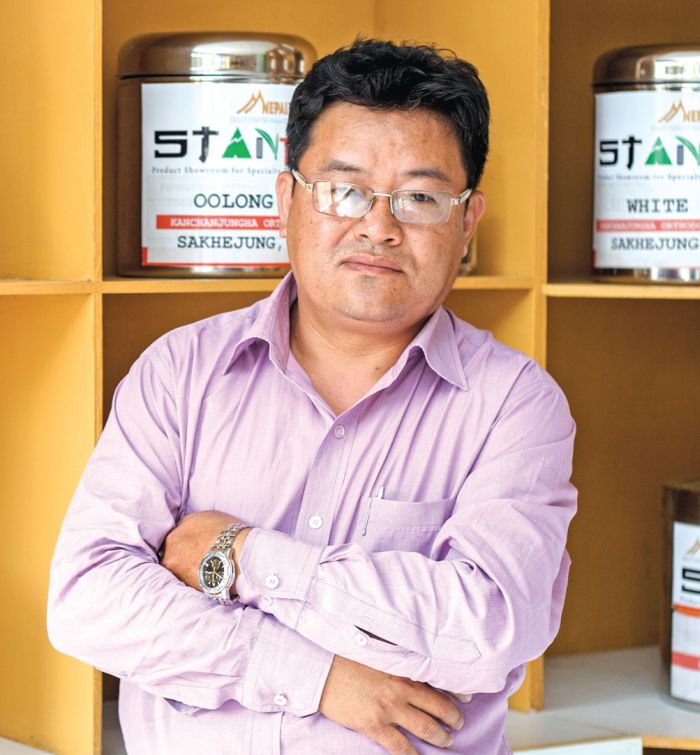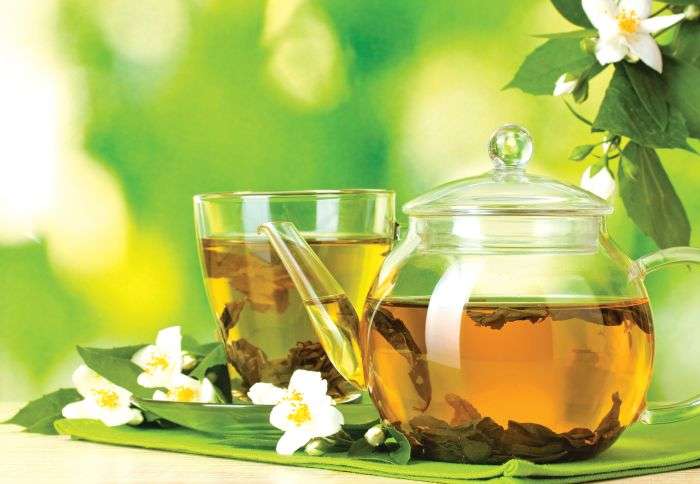High in quality, hot and healthy Nepali green tea can be popular worldwide- if marketed properly.
For many, no other hot beverage is more synonymous with good health than green tea, the ancient Chinese beverage known for its soothing aroma and abundance of antioxidants. Not only does orthodox tea promote healthy ageing, it also consists of compounds that can improve the brain function of those who drink it. “Its immediate effect on health is the major reason for the increasing consumption of green tea,” says Gaurab Luitel, technical officer at the National Tea and Coffee Development Board. The health benefits do not just end there. It also helps in weight loss, controls blood pressure and increases metabolism.
Current Trends
With the rise in consumer demand for green tea, standard restaurants to five star hotels have started putting it in their menus. Drinking green tea has become de-rigueur among health and fitness fanatics. Until a few years ago, green tea was considered mainly as a beverage consumed by the well-heeled as it was quite expensive.
But with the increase in production and availability, prices have gone down resulting in a sharp rise in demand. This has allowed people from different income groups to buy it.
From the tea shops of Basantapur to local grocery stores and marts, green tea can be found almost everywhere. According to a local tea-store owner at Basantapur, the trend is gathering pace day-by-day. Raju Sherma Limbu, Head of the Specialty Tea Association of Nepal (STAN), says the annual production of green tea stands at 50,000-60,000 kg.
Market Prospects
Nevertheless, ordinary tea such as CTC tea still holds the lion’s share of the tea market. “Although Nepal can be self-sufficient regarding the production of tea, the domestic market for green tea is quite small compared to CTC tea. Almost 90 percent of the green tea produced here is exported,” states Luitel.
According to him, the consumption of green tea is high in the capital and some major cities, but is minimal in other parts of the country. “The lack of awareness about the benefits of green tea and the price are possible factors for this,” says Luitel.
But Limbu believes that these are just early days and the best is yet to come. “Before the production of green tea in the country, health conscious people used to drink green tea manufactured in Japan and China but now as the production of green tea has started here, the market prospects of Nepali Green tea have blossomed,” he says.
Green Tea Facts
• China was the first to discover green tea health benefits
• Good quality green tea leaves are processed within two hours after harvest
• Green Tea is best drunk between meals
• Green Tea calms down the body
• The bottled varieties of tea don't even come close to the antioxidant levels you'll find in home-brewed green tea
Export Potential
Nepal exports 90 percent of its green tea to countries such as Japan, China, Germany, France and UK. Nevertheless, the export of green tea is significantly less compared to other types of tea. “Nepal is very new to export green tea in the international market so it has not yet gained much popularity,” says Luitel.
According to Limbu, green tea production in Nepal spans only a few years. “It is a relatively new Nepali product. So, it will take a few more years for the Nepal produced green tea to become popular in the international market.” Nepal produces very high quality green tea leaves and if marketed properly, Nepali green tea can be popular worldwide for its fine quality and taste.
Luitel says about 50,000- 60,000 kg of green tea is currently being supplied to the domestic market. “Given the limited amount of production, Nepali green tea has not been able to get noticed in the foreign market,” he says.
However, Limbu points out that it is not enough for the government to just encourage the export of green tea. “It must sort out the bureaucratic red tape and labyrinthine regulations concerning the export-import documentation process.”
Challenges
Although many Nepali companies have started producing green tea, the rising import of foreign products is posing a major challenge to the budding Nepali green tea industry. Green tea is mainly being imported from India, Sri Lanka and some other countries.
This poses a huge challenge for Nepali green tea producers as the international brands are already established in the market and the production rate of green tea in Nepal is still very low. According to industry experts, one area the government needs to immediately focus on is improving the low wages of tea garden workers.
"More investment needed to increase green tea production"
 Raju Sherma Limbu, Head, Specialty Tea Association of Nepal (STAN)
Raju Sherma Limbu, Head, Specialty Tea Association of Nepal (STAN)
What is the market like for green tea?
The market has only recently become aware about green tea. People who are conscious about their health are more into drinking green tea. Before the production of green tea started in the country, the health conscious used to drink green tea made in countries like Japan and China but now, as production has started here, the market prospects inside the country have blossomed.
Who is producing green tea?
Green tea is being produced by both large and small scale industries. The large industries are using machines based on Indian technology while the small scale industries use Chinese technology. There are more than 70 small scale factories and it’s increasing every year. Large scale green tea industries number at 25, however, the growth rate is almost zero.
What is the production capacity of STAN?
We produce 200-2,000 kg of green leaf per day depending upon demand and the market situation.
How many people can a green tea manufacturer employ?
A green tea factory producing 200 kg of green leaf per day generally employs five workers, whereas a factory with a production capacity of 2,000 kg per day employs up to 15 workers.
And Nepali green tea is mostly exported too?
Nepal exports green tea to countries like Japan, Germany, France, India and many other countries. Nevertheless, China is the major market for Nepal made green tea.
What is needed to increase the production of green tea?
The government needs to address employment issues as wage levels are considerably low. We do not have a sufficient workforce to produce higher amounts of green tea. Providing proper training to people who want to start industries and workers is also another issue. Similarly, more investment is needed to increase the production levels of green tea.























